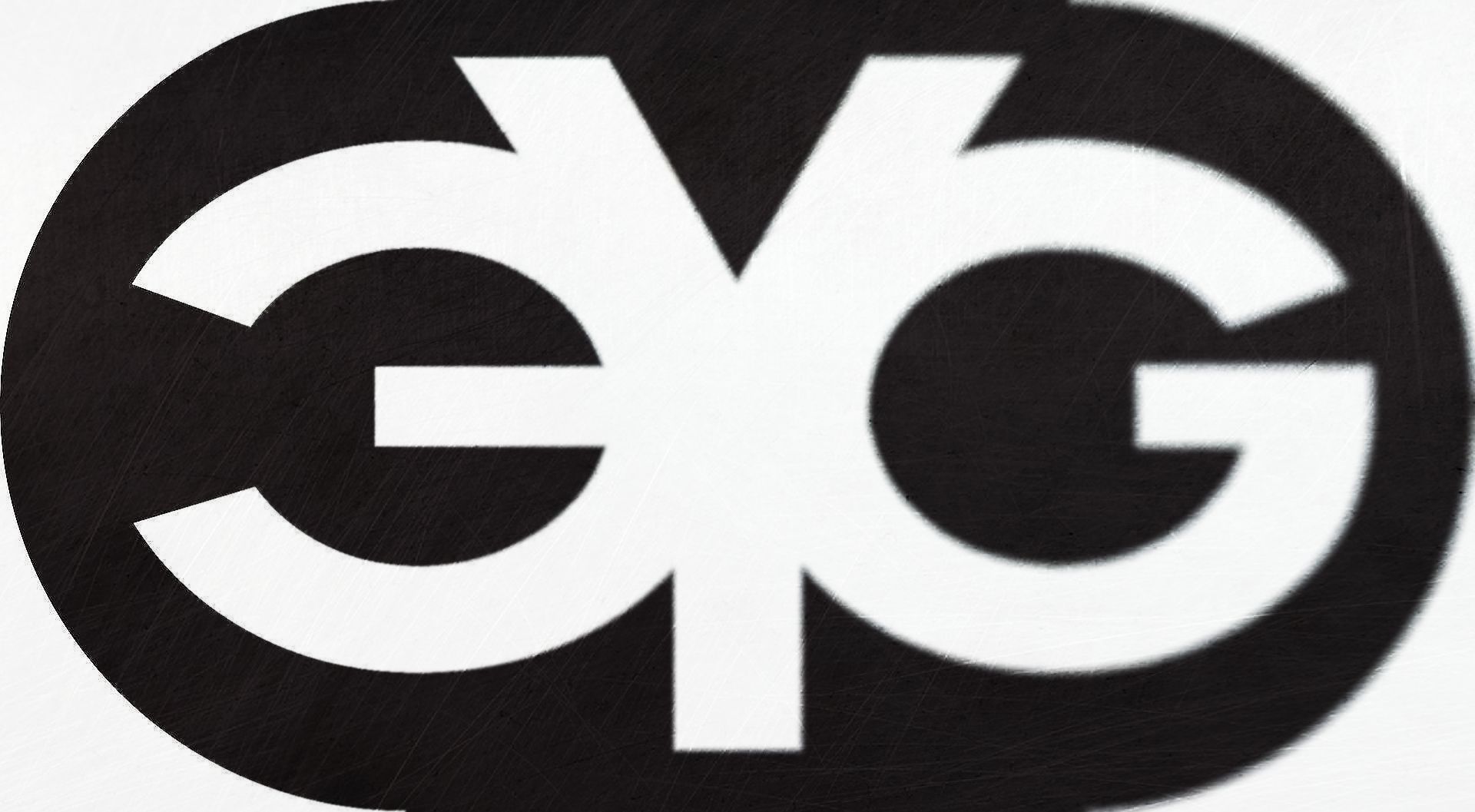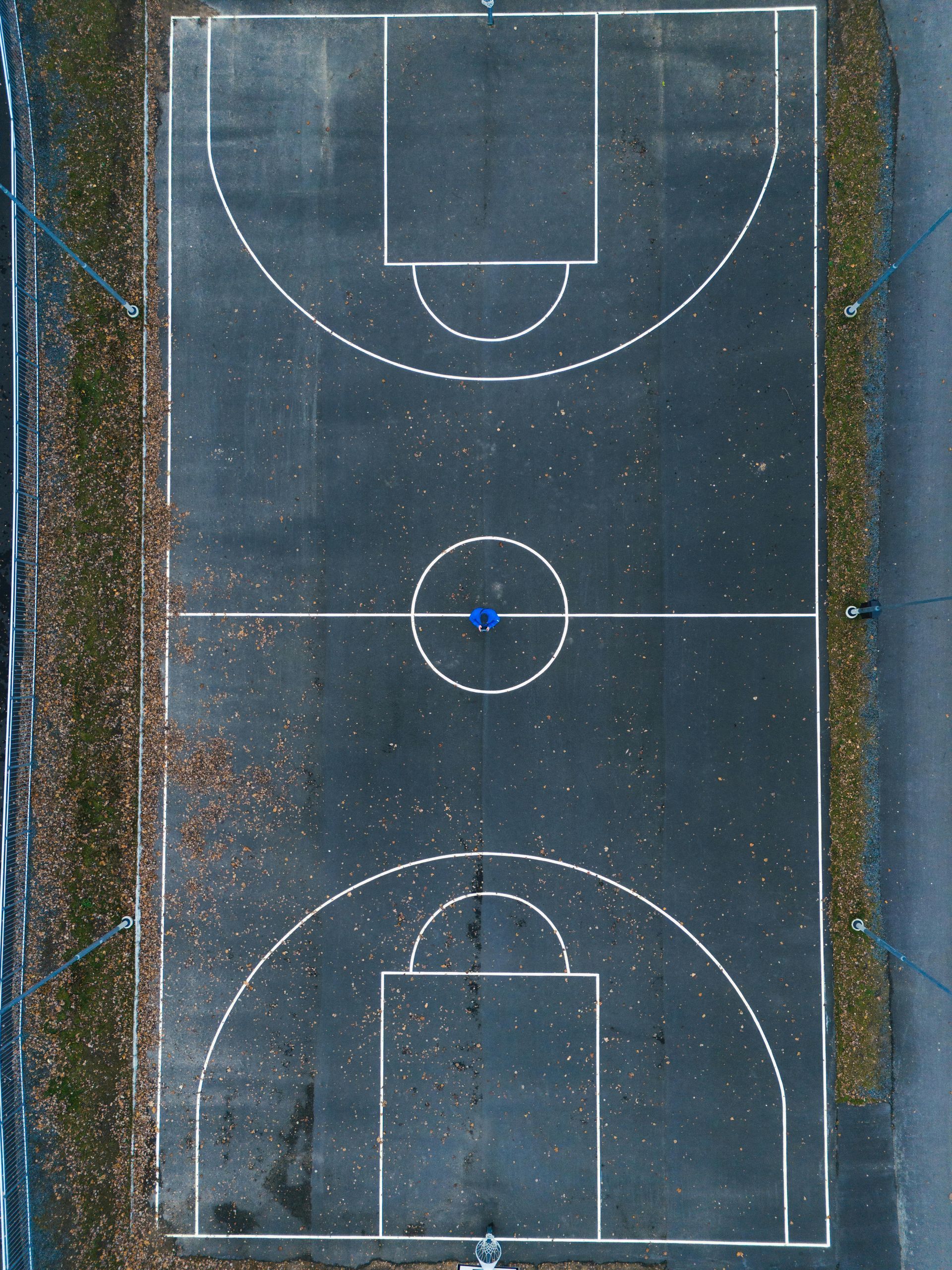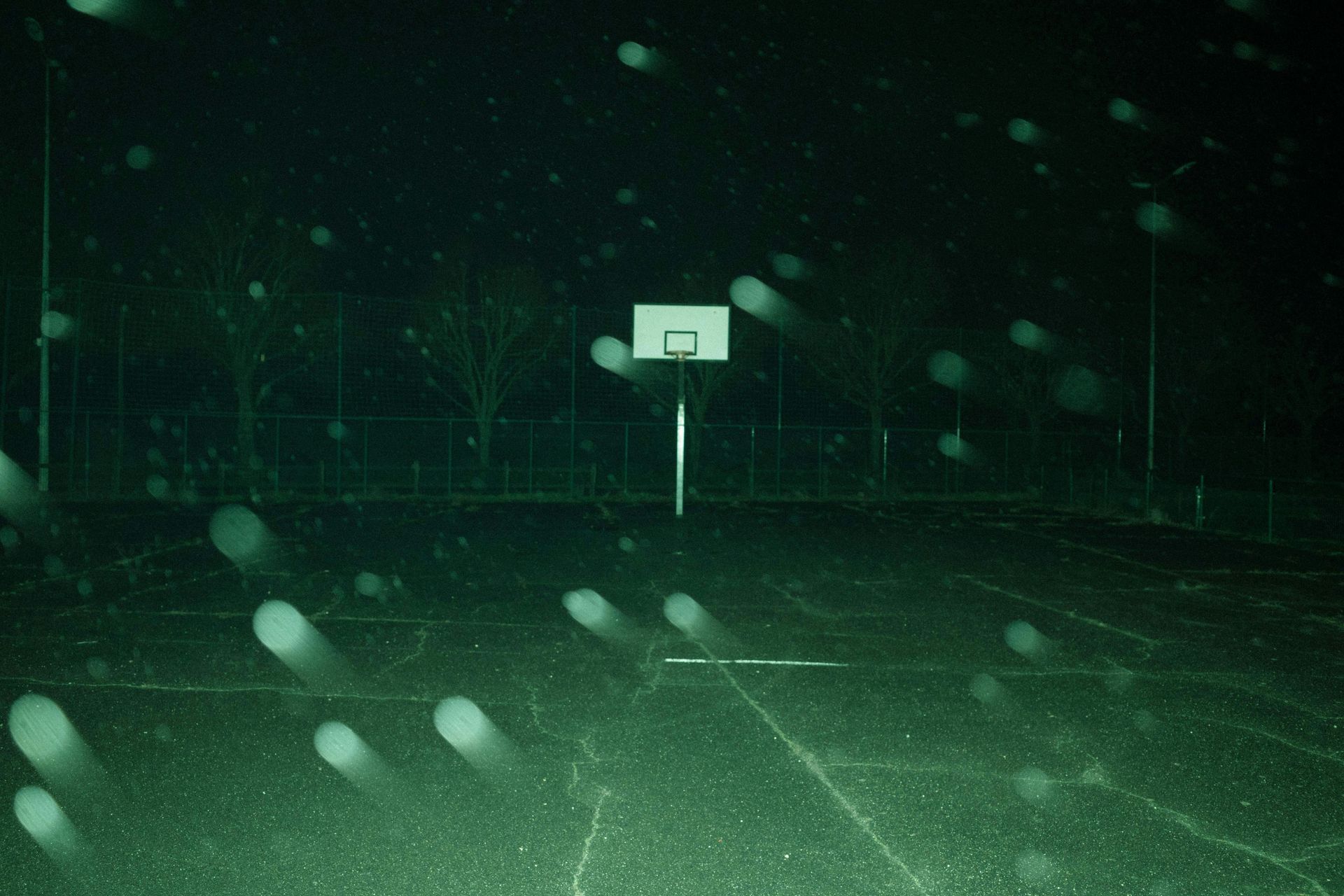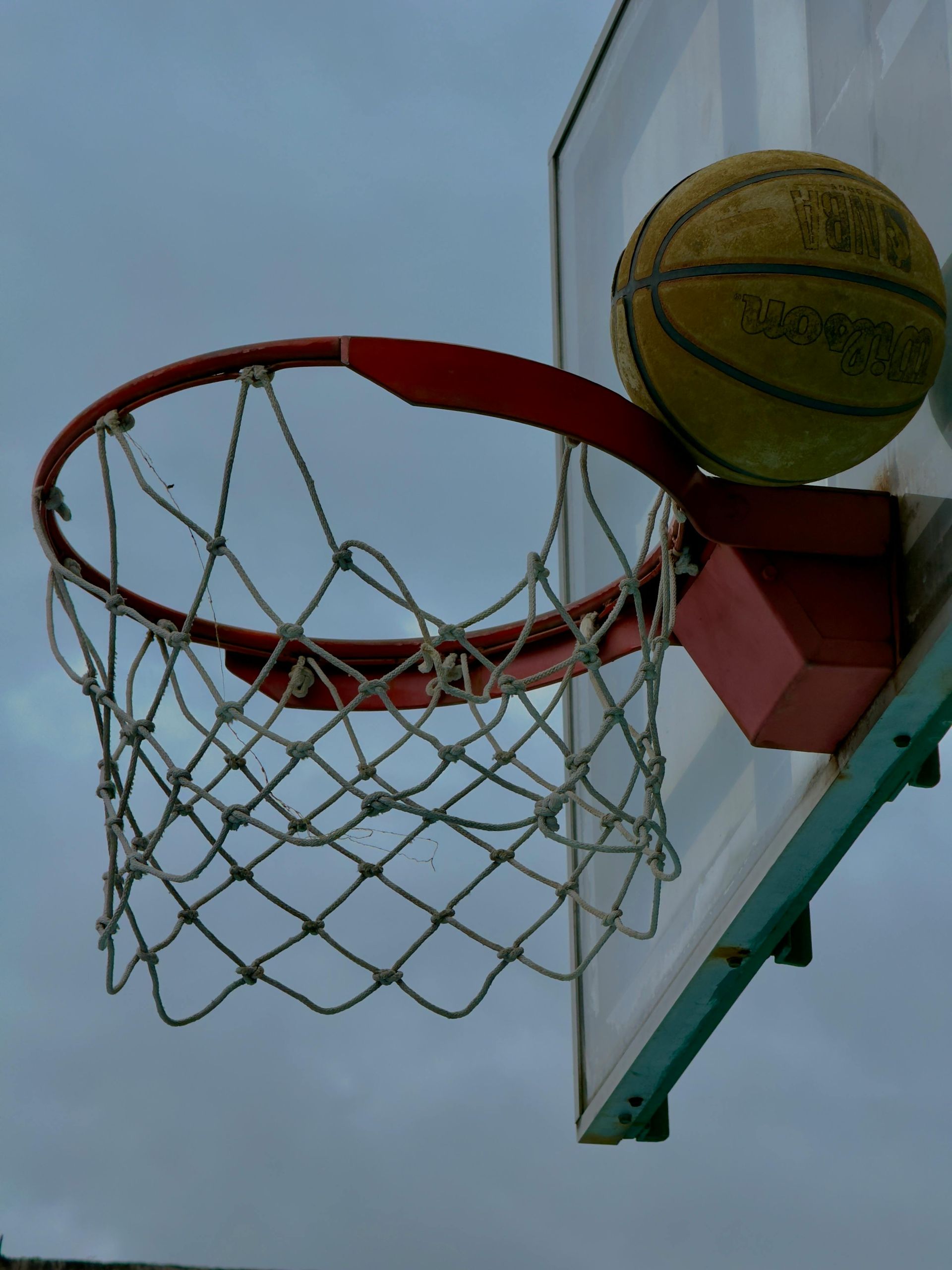Mastering Both Hands and Both Feet: Unlocking Your Full Potential
Basketball is a game of twos. Two hands. Two feet.

Basketball is a game of twos. Two hands. Two feet. The best players can dribble, finish, and stop with either foot or hand, making them unpredictable and tough to defend. Players who can master both sides of their body elevate their game to a new level. Here’s how you can do the same.
1. Balance Your Game
Why It Matters
Being one-sided makes you predictable. Defenders can easily push you into uncomfortable spots if you only rely on your dominant hand or foot. But when you can attack from both sides, you keep them guessing and create more scoring opportunities.
How to Develop It
- Spend time finishing with both hands during every practice. Focus on your weaker hand until it feels as natural as your strong hand.
- Work on stopping off either foot, so you can pivot and finish in control, no matter which way the defense forces you.
2. Read the Defense
Why It Matters
Great players don’t just focus on the defender in front of them. They learn to read all the defenders on the court. Whether it's the help defender, the screener’s defender, or the secondary rotations, being aware of their positioning helps you make smarter decisions.
How to Develop It
- Practice slow-paced drills that require you to make reads and decisions based on the positioning of multiple defenders.
- Study game film to see how defenders react in different situations. Learn to anticipate where they’ll move and where you’ll have open space.
3. Finish with Both Feet
Why It Matters
Being able to stop and finish off either foot gives you control and balance, helping you avoid getting blocked or called for a charge. Players who can jump off either foot are harder to predict and more versatile finishers.
How to Develop It
- During finishing drills, alternate between jumping off your left and right foot. Practice both footwork and balance to get comfortable finishing from any angle.
- Incorporate floaters and pull-up shots using both feet to create balance in your offensive game.
4. Build Versatility
Why It Matters
A versatile player is an unpredictable player. The more skills you master—whether it’s finishing with either hand, stopping off either foot, or reading defenders—the harder it will be for anyone to stop you.
How to Develop It
- In every practice, push yourself to use both sides of your body. If you’re more comfortable driving one direction, force yourself to work on the opposite side until it becomes second nature.
- Challenge yourself with different types of finishes, like reverse layups or pull-up jumpers, using both hands and both feet.
Conclusion
Mastering both hands and feet isn’t about showing off—it’s about being ready for any situation on the court. With time and consistent practice, you’ll develop the balance, control, and versatility that makes you an unstoppable player.
EYG Basketball can help you train these skills and take your game to the next level. For more details and to see how we teach these concepts, check out our video clip and sign up for our next training session.
EYG Basketball
[Visit Us](https://www.eygbball.com)
Let’s work together to help you unlock your full potential.
